|
We should now move on to my compartment 1c. And we should recognize that the relevant fixed stars had changed their positions in the calendar since the Golden Age of the Bull. And a good way to observe these stars could be to look at the nakshatra Full Moon half year away from the Sun.
The Gregorian (and also the Julian) calendar has been arranged so the months will each carry 30 days every other month (with the exception for the twin months December-January and their corresponding twins July-August on the other side of the year). Therefore 30 + 31 = 61 would be the normal double-month, resulting for instance in September and November each carrying 30 days. And then there was the month which began after the month of Janus: ... At the beginning of 44 B.C. - when Ceasar was still alive - the Senate decided to raise statues of him in all the temples and to sacrifice to him on his birthday in the month Quintilis, which in honour of him was renamed July. He was raised to the status of a god (among the other gods of the state) under the name Jupiter Julius. Marcus Antonius, who this year was consul together with Ceasar, became high priest and responsible for the ceremonies. In the middle of February, at the time of the old feast of Lupercalia, he ran around naked (except for a girdle), and whipped the Roman ladies with thongs made from goat-skin [februa], in order to promote their fertility ...
Elnath (β) was at the point of the northern horn of Taurus and 4 days later was the tip of the southern horn of Taurus, i.e. the star named Heavenly Gate (ζ Tauri):
... Zeta (uppercase Ζ, lowercase ζ; Greek: ζήτα ... is the sixth letter of the Greek alphabet. In the system of Greek numerals, it has a value of 7. It was derived from the Phoenician letter Zayin. Letters that arose from zeta include the Roman Z and Cyrillic З ... Zayin (also spelled Zain or Zayn or simply Zay) is the seventh letter of many Semitic abjads ... It represents the sound [z]. The Phoenician letter appears to be named after a sword or other weapon. (In Biblical Hebrew, 'Zayin' means sword, and the verb 'Lezayen' means to arm. In modern Hebrew, 'zayin' means penis and 'lezayen' is a vulgar term which generally means to perform sexual intercourse and is used in a similar fashion to the English word fuck, although the older meaning survives in 'maavak mezuyan' (armed struggle) and 'beton mezuyan' (armed, i.e., reinforced concrete). The Proto-Sinaitic glyph according to Brian Colless may have been called ziqq, based on a hieroglyph depicting a 'manacle' ...
And at the other side of the sky was the culmination (at 21h) of the star the Chinese had named Yang Mun = The South Gate of the Wolf (α Lupi):
Notably there is one more 'fish tail Sun' at glyph number 118 → 4 * 29½ = 472 / 4, one week after Haedus II:
The absence of a 'fish-tail Sun' in compartment 2b could possibly have been motivated by the fact that on the western bank of the Nile (corresponding to the Milky Way emanating from the Breast, Schedir, of Cassiopea)
there was a great burial site:
Although the night time sky (ragi) was moving on also in compartment 2b - the Sun calendar carried on across the Milky Way to Gemini:
|
||||||||||||||||||||||||||||||||||||||||||||||||||||||||||||||||||||||||||||||||||||||||||||||||||||||||||||||||||||||||||||||||||||||||||||||||||||||||||||||||||||||||||||||||||||||||||||||||||||||||||||||||||||||||||||||||||||||
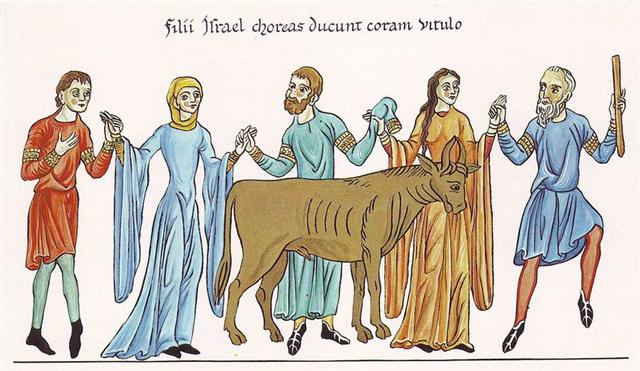
















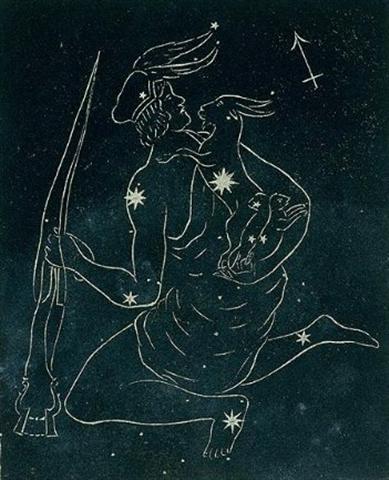
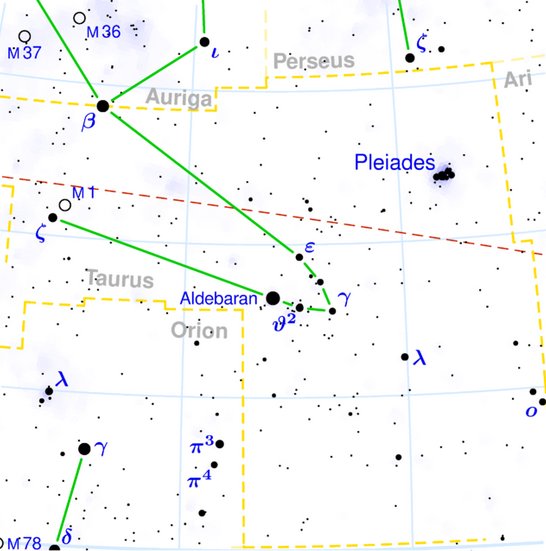

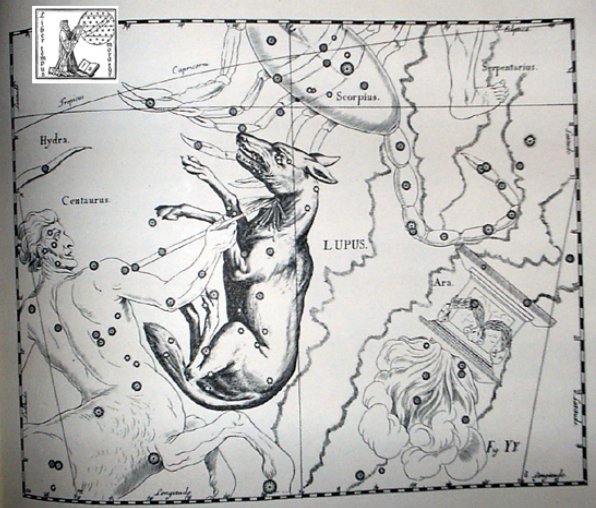








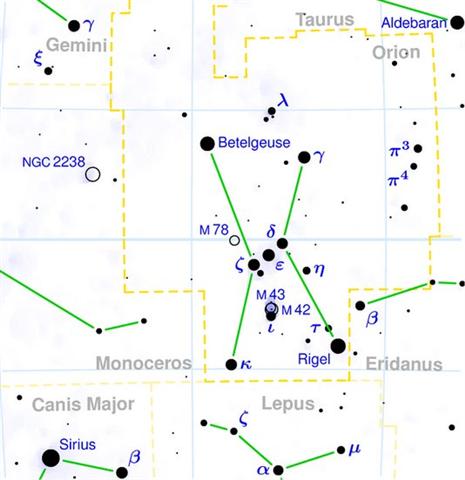
.jpg)

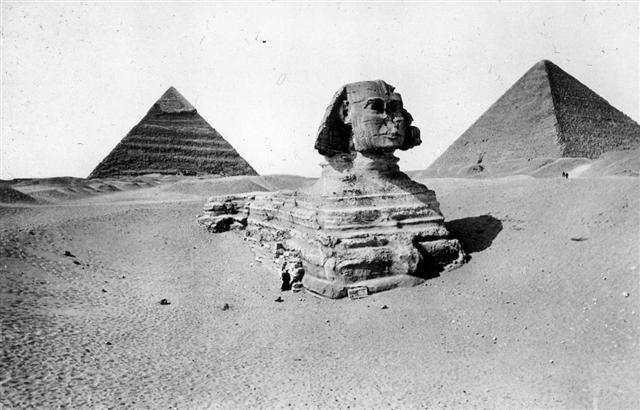
.jpg)
